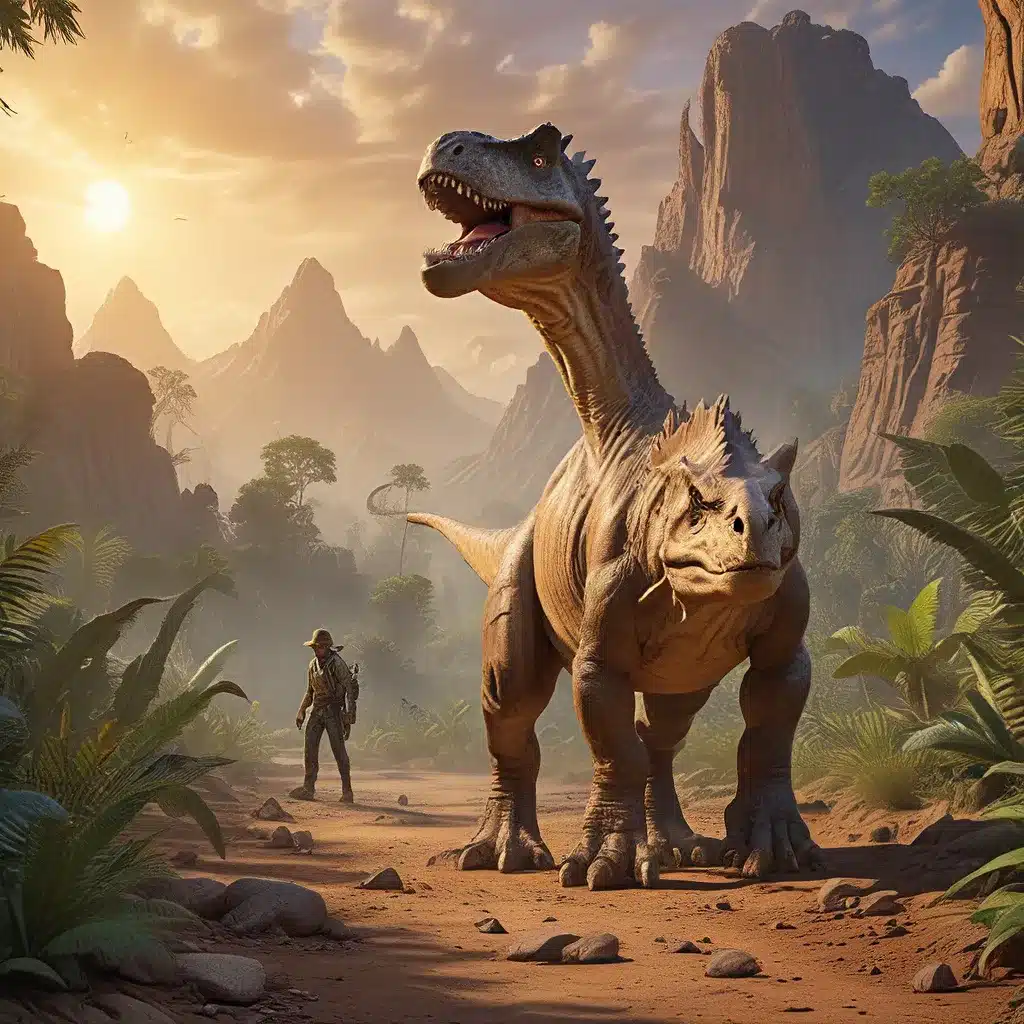
In the vast expanse of Earth’s ancient history, a remarkable creature once soared through the skies, casting a captivating shadow over the Cretaceous Period. This avian marvel, known as Changyuraptor, has captivated the imaginations of paleontologists and history enthusiasts alike, offering a glimpse into the dynamic world of dinosaurs.
The Discovery of Changyuraptor
The story of Changyuraptor’s unearthing began in the lush fossil beds of China’s Yixian Formation, part of the renowned Jehol Biota. In 2012, diligent efforts by local farmers uncovered a discovery that would forever shape our understanding of the ancient past. The fossilized remains, first described in 2014 by a team led by Gang Han, revealed a unique and intriguing specimen.
The Holotype HG B016, as it was designated, presented an unprecedented opportunity to delve into the intricate details of Changyuraptor’s physical characteristics and lifestyle. The preserved fossils, a blend of skeletal remains and feather imprints, provided a window into a world long gone, enriching the tapestry of paleontological knowledge.
Taxonomic Classification and Physical Attributes
Changyuraptor, a member of the Dromaeosaurid family, was a testament to the remarkable diversity and adaptability of theropod dinosaurs. The name, a harmonious blend of Chinese and Latin, translates to “Long Feathered Robber,” aptly capturing the creature’s striking appearance and predatory nature.
Changyuraptor’s elongated tail feathers, among the longest known in the Theropoda, were a distinctive feature that hinted at its specialized adaptations. These impressive plumes likely played a crucial role in the dinosaur’s aerial prowess, potentially aiding in maneuverability or balance during flight.
The fossil evidence suggests that Changyuraptor possessed a robust physique, with agile limbs and a streamlined head and neck, characteristics that speak of a creature adept at navigating the skies. The precise dimensions of this majestic creature are still a subject of ongoing research and debate, as new discoveries and analyses continue to refine our understanding.
The Cretaceous Realm: Changyuraptor and Its Contemporaries
Changyuraptor’s existence was not isolated; it was part of a dynamic, interconnected ecosystem teeming with a diverse array of life forms. During the Early Cretaceous Period, approximately 125 to 113 million years ago, Changyuraptor shared the ancient world with a myriad of other fascinating creatures, each playing a unique role in the intricate tapestry of life.
One such contemporary was the Psittacosaurus, a small herbivorous dinosaur with a parrot-like beak that roamed the underbrush. While much smaller than Changyuraptor, this agile herbivore likely served as potential prey, challenging the predatory skills of the winged wonder.
Another notable contemporary was the Suzhousaurus, a larger herbivore that ambled through the same ancient forests. Its considerable size meant it was less vulnerable to Changyuraptor’s predatory instincts, but its presence in the ecosystem would have influenced the hunting patterns of the feathered carnivore, perhaps steering it towards smaller, more manageable targets.
The complex web of predator-prey relationships and ecological dynamics within the Early Cretaceous period shaped the survival strategies and adaptations of Changyuraptor. This ancient world, a mosaic of diverse life forms, offers a captivating glimpse into the intricate interconnections that defined the era.
Environmental and Ecological Considerations
Imagine the lush and diverse landscapes of the Early Cretaceous, a period marked by dynamic climate fluctuations and the emergence of a multitude of life forms. It was within this ancient theater that Changyuraptor yangi carved out its niche as a carnivorous predator, navigating a realm filled with potential prey and competitors.
The versatility of Changyuraptor’s locomotion, with the ability to move both on land and in the air, suggests a adaptable lifestyle. As a carnivore, it likely employed its keen senses and physical agility to secure meals, preying on smaller animals that shared its domain.
The social behavior and hunting strategies of Changyuraptor remain a subject of speculation, but its physical adaptations hint at a creature well-equipped for survival in a competitive ecosystem. As a top predator, Changyuraptor’s impact on its surroundings extended beyond its immediate survival needs, shaping the ecological balance and influencing the evolutionary pathways of other species.
The fossil record, a testament to the richness of the past, continues to unveil the intricate connections that defined life during the Early Cretaceous. Through the lens of Changyuraptor, we catch a glimpse of the dynamic interplay between predator and prey, the delicate balance of an ancient ecosystem, and the remarkable adaptability of life in the face of a constantly evolving world.
The Enduring Legacy of Changyuraptor
The discovery of Changyuraptor has not only enriched our understanding of the distant past but has also ignited a sense of awe and curiosity about the natural world. This winged marvel, a testament to the evolutionary experimentation that characterized the Cretaceous Period, stands as a powerful reminder of the remarkable diversity and resilience of life on our planet.
As we continue to unravel the secrets of the dino realm, the story of Changyuraptor serves as a captivating chapter in the ongoing exploration of our planet’s ancient history. By delving deeper into the origins, lifestyle, and interactions of this remarkable creature, we gain a richer appreciation for the intricate tapestry of life that has unfolded over millions of years.
The journey through the world of Changyuraptor is one that transcends the boundaries of time, inviting us to imagine a realm where dinosaurs once reigned supreme, where the skies whispered tales of evolution and survival. It is a testament to the enduring power of scientific inquiry and the human spirit’s relentless pursuit of knowledge, a journey that continues to inspire and captivate us all.


